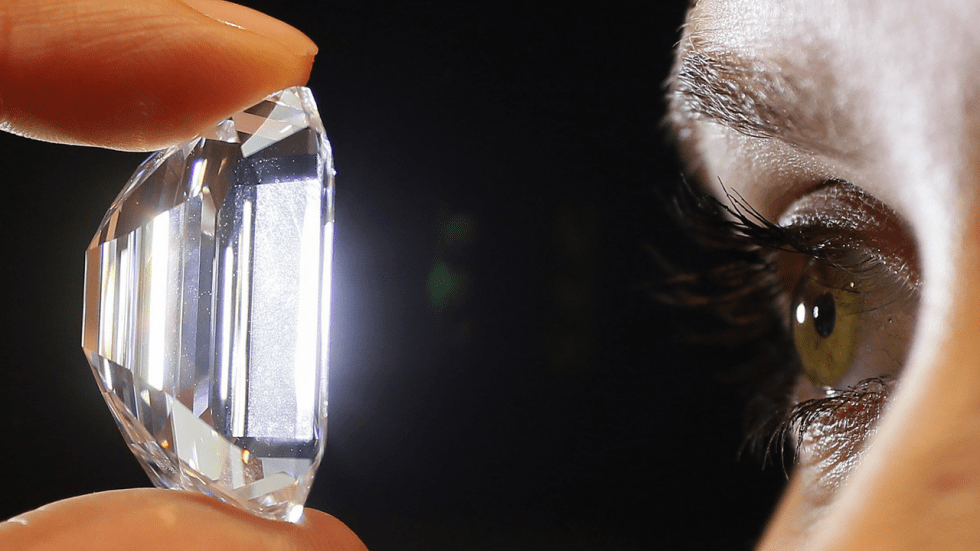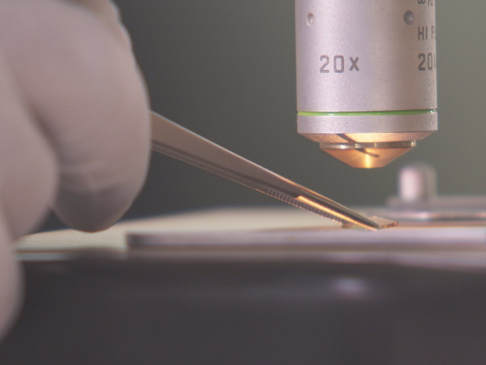Synthetic diamonds provide an alternative for those who question the ethical practices and environmental impact from mining naturally forged stones
Real, or natural, in the vernacular of diamonds, isn’t always better.
While the spectre of conflict and “blood” diamonds have largely faded in recent years thanks to ethical mining practices, international monitoring, and improved certification, diamond mines still leave big holes in the ground and pose a threat to the environment.
Synthetic diamonds are marketed as a solution to customers who are turned off by natural diamonds, all while providing pristine product — and typically priced at 15 per cent to 30 per cent less than similar, naturally forged stones.
That’s partly why a friend of mine, as he relayed in a recent story for Popular Science, proposed to his future wife with a lab-grown diamond.
Here’s how natural and synthetic diamonds differ, where and how they’re grown, and the amazing variety of places they’re found beyond the jewellery store.
Natural diamonds start out as carbon trapped in hunks of rock, called xenoliths, some 100 miles below the Earth’s surface.
This is why commercial diamond mines are usually conical pits: Workers excavate walls of minerals (often kimberlite) hunting for diamond-containing xenoliths.
For growing gemstones, the most popular method is called chemical vapour deposition (CVD), which starts out with a tiny diamond “seed.”
Source: Pure Grown Diamonds
This is why jewellery-grade synthetic diamonds aren’t cheap — and why actor Leonardo DiCaprio and 10 billionaires have invested in Diamond Foundry, which claims it can cut the time to a few weeks.
Diamond Foundry’s process also uses CVD, though at less pressure and at a higher temperature in a reactor that can reach 8,000 degrees Fahrenheit.
After the synthetic diamonds are grown to spec, they’re cut into rough shapes with a high-power laser.
Any of the company’s gems above 1/4 of a carat (a measure of diamond weight) are laser-inscribed with a registry number and graded by their colour, cut, clarity, and carat.
The diamonds are then sold to retail outlets as synthetic, sustainable, and conflict-free diamonds.

Outside the jewellery store, you can find cheaper synthetic diamonds everywhere. Like these diamond-encrusted drill bits for powering through glass.
Other varieties of diamond, like this flat sheet, can become scratch-free optics that go into lenses, lasers, and infrared cameras.
Synthetic diamonds are even making their way into high-end speaker systems as the perfect tweeter material.



















